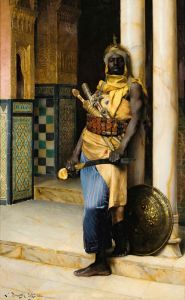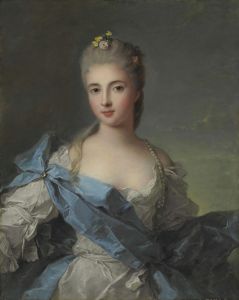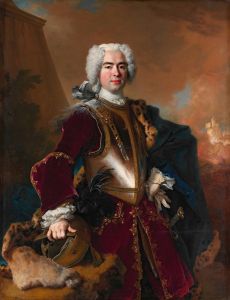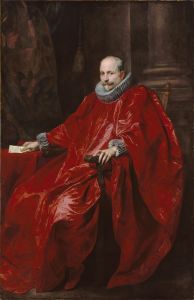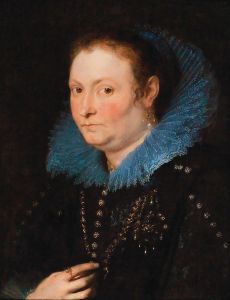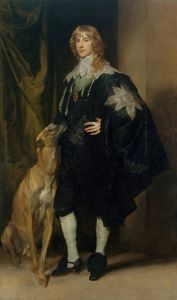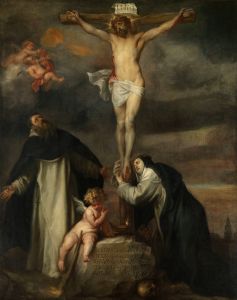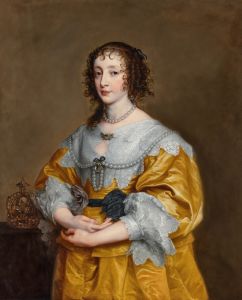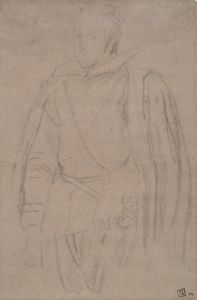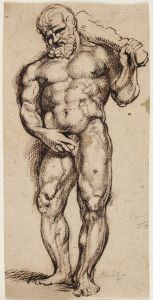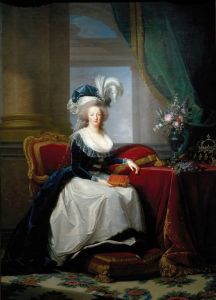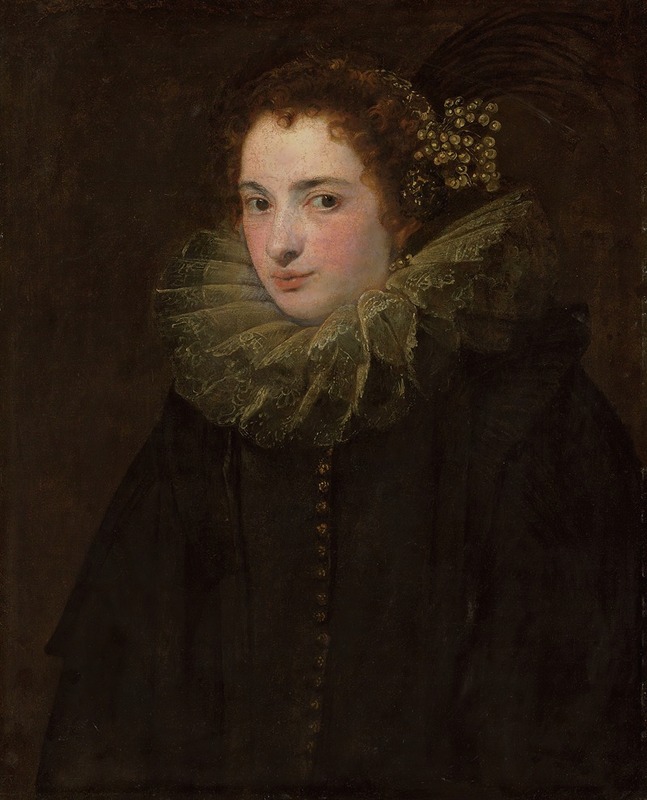
A portrait of a noblewoman
A hand-painted replica of Anthony van Dyck’s masterpiece A portrait of a noblewoman, meticulously crafted by professional artists to capture the true essence of the original. Each piece is created with museum-quality canvas and rare mineral pigments, carefully painted by experienced artists with delicate brushstrokes and rich, layered colors to perfectly recreate the texture of the original artwork. Unlike machine-printed reproductions, this hand-painted version brings the painting to life, infused with the artist’s emotions and skill in every stroke. Whether for personal collection or home decoration, it instantly elevates the artistic atmosphere of any space.
Anthony van Dyck was a prominent Flemish Baroque artist known for his portraits of nobility and royalty. His work, "A Portrait of a Noblewoman," exemplifies his skill in capturing the elegance and status of his subjects. Van Dyck was born in 1599 in Antwerp and became a leading court painter in England, serving King Charles I. His portraits are renowned for their sophisticated style, characterized by a keen attention to detail, a delicate rendering of textures, and a graceful depiction of his subjects.
"A Portrait of a Noblewoman" is one of many portraits van Dyck painted during his career, showcasing his ability to convey the dignity and poise of the European aristocracy. The painting typically features a noblewoman adorned in luxurious attire, reflecting her high social status. Van Dyck's use of rich colors and his skillful handling of light and shadow create a sense of depth and realism, bringing the subject to life.
Van Dyck's portraits often include symbolic elements that hint at the sitter's identity, status, or personal attributes. In "A Portrait of a Noblewoman," these elements might include jewelry, clothing, or background details that suggest the sitter's wealth and position in society. The artist's ability to capture the personality and character of his subjects is evident in the subtle expressions and poses he employs, which convey a sense of grace and refinement.
Throughout his career, van Dyck was influenced by the works of other great artists, including Peter Paul Rubens, with whom he worked in Antwerp. His time in Italy also exposed him to the works of Titian and other Renaissance masters, whose influence can be seen in his use of color and composition. Van Dyck's portraits were highly sought after by the European elite, and his style set a standard for portraiture that would influence generations of artists.
The exact identity of the noblewoman in this particular portrait is often not specified in historical records, as many of van Dyck's works were commissioned by patrons who valued the artist's ability to immortalize their image. However, the painting remains a testament to van Dyck's mastery of portraiture and his ability to capture the essence of his subjects.
Van Dyck's legacy as a portrait artist is significant, as he helped to elevate the genre to new heights during the 17th century. His work continues to be celebrated for its elegance, technical skill, and the insight it provides into the lives of the European nobility of his time. "A Portrait of a Noblewoman" is a fine example of his contribution to the art of portraiture, demonstrating his ability to blend realism with an idealized representation of his subjects.





